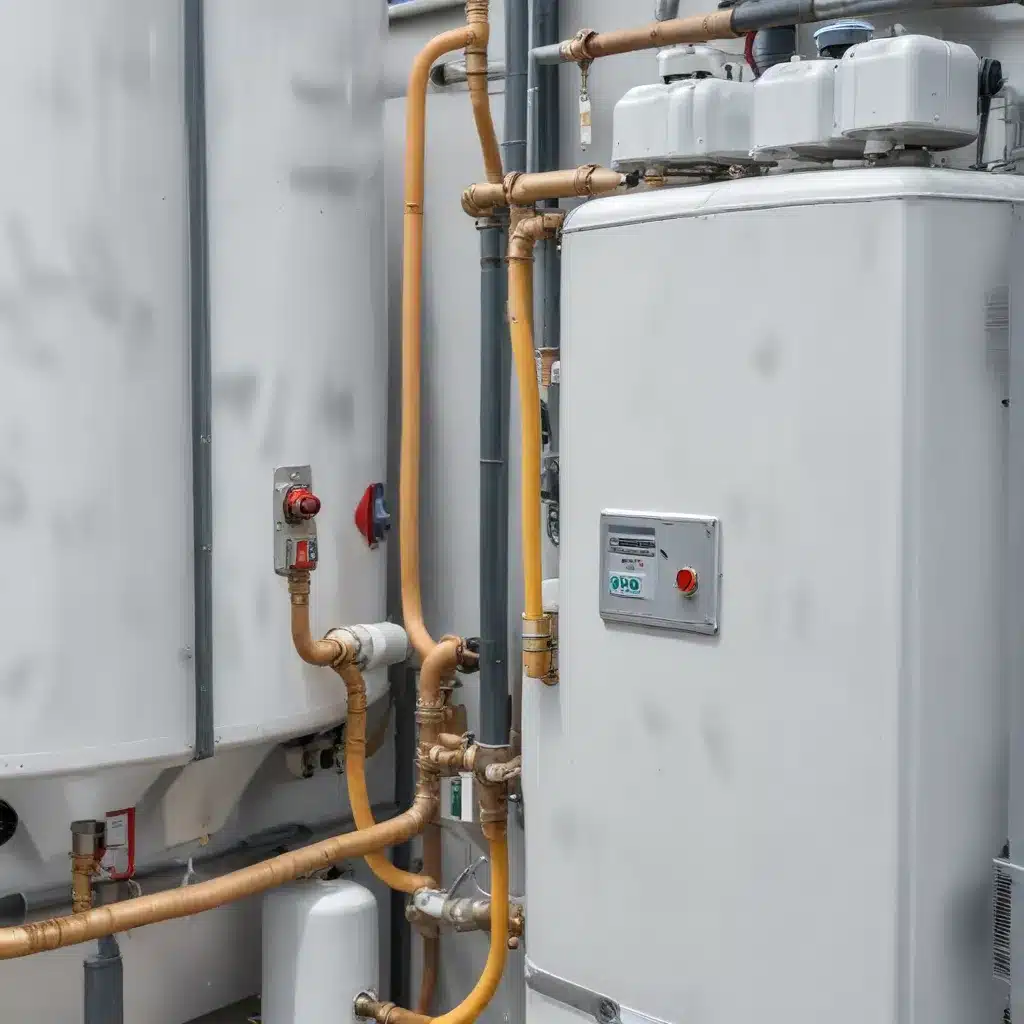
The world of refrigerants is quickly transforming, driven by a growing imperative to address the environmental impact of conventional cooling fluids. From international agreements to national regulations, the regulatory landscape governing refrigerants is becoming increasingly complex. For HVAC and refrigeration specialists, navigating this evolving landscape is essential to ensuring compliance, mitigating environmental harm, and maintaining operational efficiency.
Regulatory Framework for Refrigerants
Governing Legislation and Policies
At the global level, the Montreal Protocol has been a driving force in phasing down the use of ozone-depleting substances (ODS) like chlorofluorocarbons (CFCs) and hydrochlorofluorocarbons (HCFCs). This landmark agreement has set the stage for a worldwide transition toward low-GWP (global warming potential) alternatives. Domestically, the U.S. Environmental Protection Agency (EPA) oversees the regulation of refrigerants through the Clean Air Act, with a particular focus on Section 608 requirements for proper handling and disposal.
Recently, the EPA’s AIM Act (American Innovation and Manufacturing) has introduced additional rules aimed at curbing the production and use of hydrofluorocarbons (HFCs) – a common refrigerant with a high GWP. These regulations call for a gradual phase-down of HFC consumption and production, steering the industry toward adopting more environmentally friendly alternative refrigerants.
Enforcement Mechanisms and Compliance Monitoring
Regulatory agencies utilize a variety of mechanisms to ensure compliance, including record-keeping mandates, certification programs for technicians, and enforcement actions. Businesses that handle refrigerants must maintain detailed documentation on refrigerant purchases, usage, and disposal. Failure to comply can result in steep fines, operational disruptions, and even criminal prosecution in severe cases.
To further strengthen compliance efforts, some states, such as California, have implemented their own refrigerant management regulations. For example, the state’s SB 253 and SB 261 laws require large companies to publicly disclose their greenhouse gas emissions and climate-related financial risks, respectively.
International Cooperation and Harmonization
As the global community works to address the environmental challenges posed by refrigerants, international cooperation and harmonization of regulations have become increasingly important. Organizations like the United Nations Environment Programme (UNEP) and the International Institute of Refrigeration (IIR) play crucial roles in facilitating knowledge-sharing and promoting the adoption of best practices across borders.
Evolving Refrigerant Landscape
Emerging Refrigerant Technologies
The drive to reduce the environmental impact of refrigerants has spurred the development of alternative refrigerants with lower GWP and improved safety profiles. These include hydrofluoroolefins (HFOs), natural refrigerants (e.g., ammonia, carbon dioxide, and hydrocarbons), and blended refrigerants that combine various components. As these new technologies emerge, HVAC and refrigeration specialists must stay informed about their performance characteristics, compatibility with existing systems, and regulatory compliance requirements.
Phase-Down of Conventional Refrigerants
The phase-down of high-GWP refrigerants, such as HFCs, is a key focus of the evolving regulatory landscape. Businesses must carefully manage their inventories of conventional refrigerants, ensure proper reclamation and recycling processes, and explore the feasibility of retrofitting or replacing existing systems with low-GWP alternatives.
Environmental and Safety Considerations
The environmental and safety aspects of refrigerants have become critical considerations. Refrigerant emissions can significantly contribute to climate change, while certain refrigerants may also pose risks to human health and the ozone layer. HVAC and refrigeration professionals must prioritize the selection and handling of refrigerants that minimize these environmental and safety concerns.
Compliance Strategies
Identifying Applicable Regulations
Navigating the complex web of regulations governing refrigerants requires a comprehensive understanding of the various laws, policies, and standards that apply to your specific operations. This may include federal regulations, state-level requirements, and international agreements, depending on the scope of your business and the locations in which you operate.
Developing Compliance Action Plans
Establishing a robust compliance action plan is essential for ensuring your organization remains aligned with the evolving regulatory landscape. This plan should encompass inventory management, refrigerant tracking, technician training, maintenance protocols, and record-keeping procedures. Regularly reviewing and updating this plan can help you adapt to new requirements and avoid costly penalties.
Implementing Monitoring and Reporting Processes
Effective compliance requires the implementation of comprehensive monitoring and reporting processes. This may involve the use of refrigerant management software to automate data collection, analyze trends, and generate the necessary documentation for regulatory agencies. Proactive monitoring can also help identify and address refrigerant leaks before they escalate into larger issues.
Challenges and Considerations
Balancing Environmental Impact and Performance
As the industry transitions to more environmentally friendly refrigerants, HVAC and refrigeration specialists must carefully evaluate the trade-offs between environmental impact and system performance. Factors such as energy efficiency, system compatibility, and safety considerations must be weighed to ensure optimal outcomes.
Retrofitting and Transitioning Existing Systems
Incorporating new refrigerant technologies into existing HVAC and refrigeration systems can present significant challenges. Retrofitting or replacing equipment may require specialized expertise, careful planning, and substantial investments. Maintaining business continuity during these transitions is crucial.
Workforce Training and Skill Development
The evolving refrigerant landscape demands that HVAC and refrigeration professionals continuously update their skills and knowledge. Ensuring that your technicians are EPA-certified and staying current with the latest best practices and regulations is essential for maintaining compliance and delivering high-quality service.
As the regulatory landscape for refrigerants continues to evolve, HVAC and refrigeration specialists must navigate this complex terrain with a steadfast commitment to compliance, environmental responsibility, and operational efficiency. By staying informed, developing comprehensive action plans, and leveraging the latest technologies, businesses can not only mitigate the risks of non-compliance but also position themselves as leaders in the sustainable management of refrigerants. To learn more about how Airgas Refrigerants can support your organization’s refrigerant management efforts, visit https://www.airgasrefrigerants.com.

